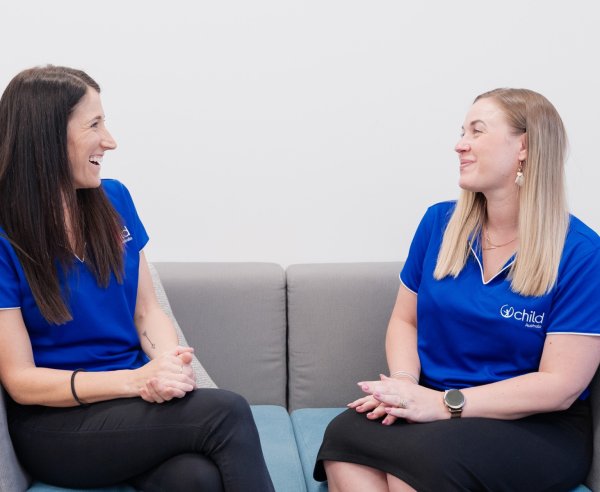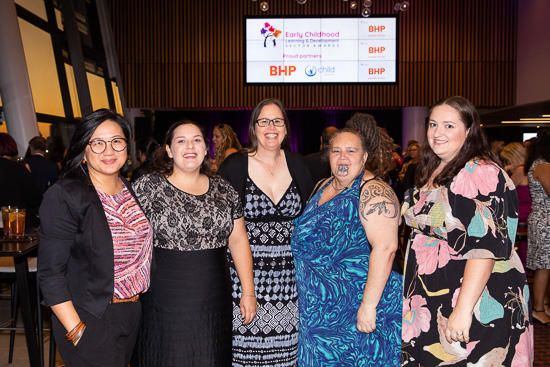As consultants we have the opportunity to talk to many educators about their struggles with creating documentation to meet the requirements of regulations and also to provide parents with a window into the service. These demands can alter perspectives about observations from focus on quality and authentic evidence to aiming for quantity of images that don’t necessarily depict important learning. Not only should educators make sure they seek consent from children in photographs, but they must also capture worthwhile observations that will inform child centred future planning. Keeta Williams provides some great advice on how to capture meaningful photographs for documentation of children’s learning, with some great tips on what to record, with a focus on quality rather than quantity (The Spoke, Nov. 28, 2019). The constructive suggestions provided clearly highlight what to consider to assist in capturing quality photographic observations …… which is well and good if you happen to have a camera with you when the learning occurs.
With photos lending so much weight to our documentation today, in a society where preferences are for visual information, it can seem that observations without an accompanying photo are less worthy. The reality is that children do a lot of amazing learning, problem solving, discovery, investigation and sustained shared thinking when educators don’t have a camera with them. Photos are great, and yes, a picture can tell 1000 words, however sometimes educators can become so busy finding photographic evidence that they are not fully engaged with the children, and images are used as evidence in inauthentic ways. This is often because they are missing important clues that help to understand what the children know and want to learn more about while distracted with capturing that snapshot.
What should educators do when they are engaged in exciting learning with children but don’t have a camera? Educators know if they run and get a camera to capture the moment that the disruption will cause the experience to be lost. So how do we value that learning? Being prepared with a small notepad in your pocket allows jotting of key observations details once the experience naturally ends, while simultaneously modelling writing behaviours. Describing the observation later in more detail, involves deeper reflection while recalling the observation and analysing the learning. This is not to say that photos do not provide valuable information, but asks educators to reflect on whether they are using photos to do all the work for them? Are they capturing meaningful observations of child directed learning that happen spontaneously? Or is focus on capturing learning that is constructed by adults in readiness to record through photos?



